
Addiction Crash Course In One Sitting
¥24.44
Addiction Crash Course In One Sitting
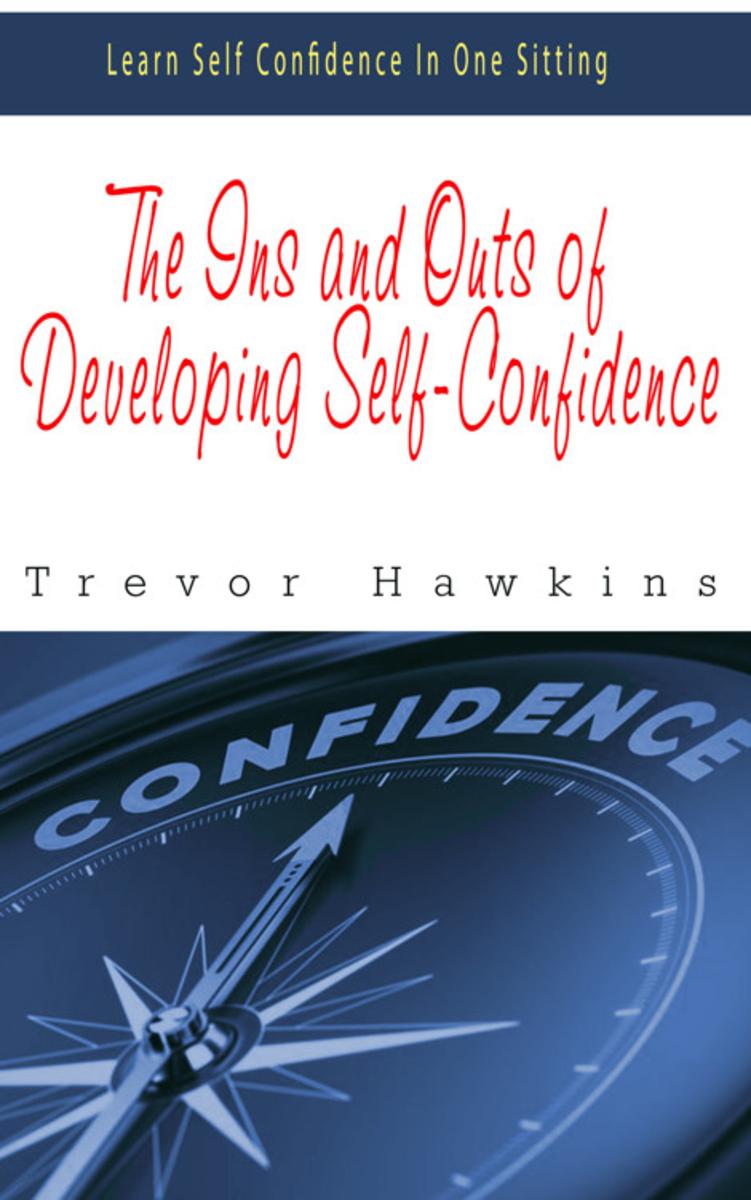
The Ins and Outs of Developing Self-Confidence
¥24.44
The Ins and Outs of Developing Self-Confidence
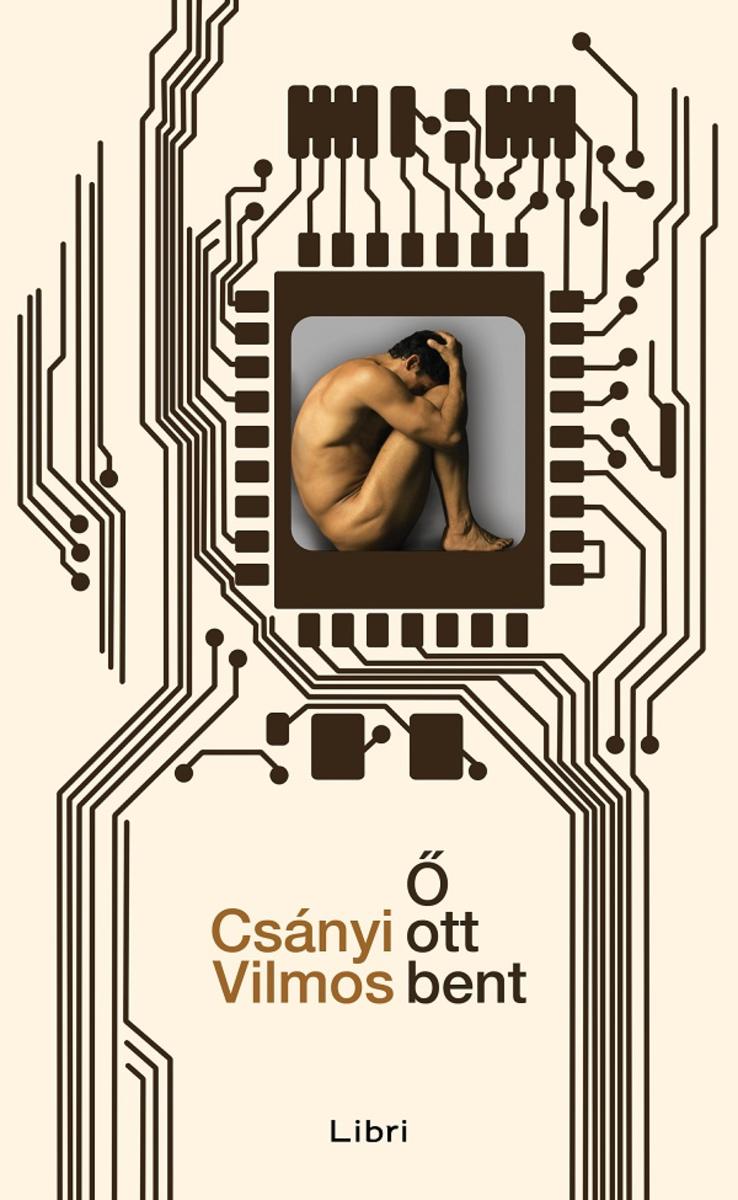
? ott bent
¥57.31
ott bent
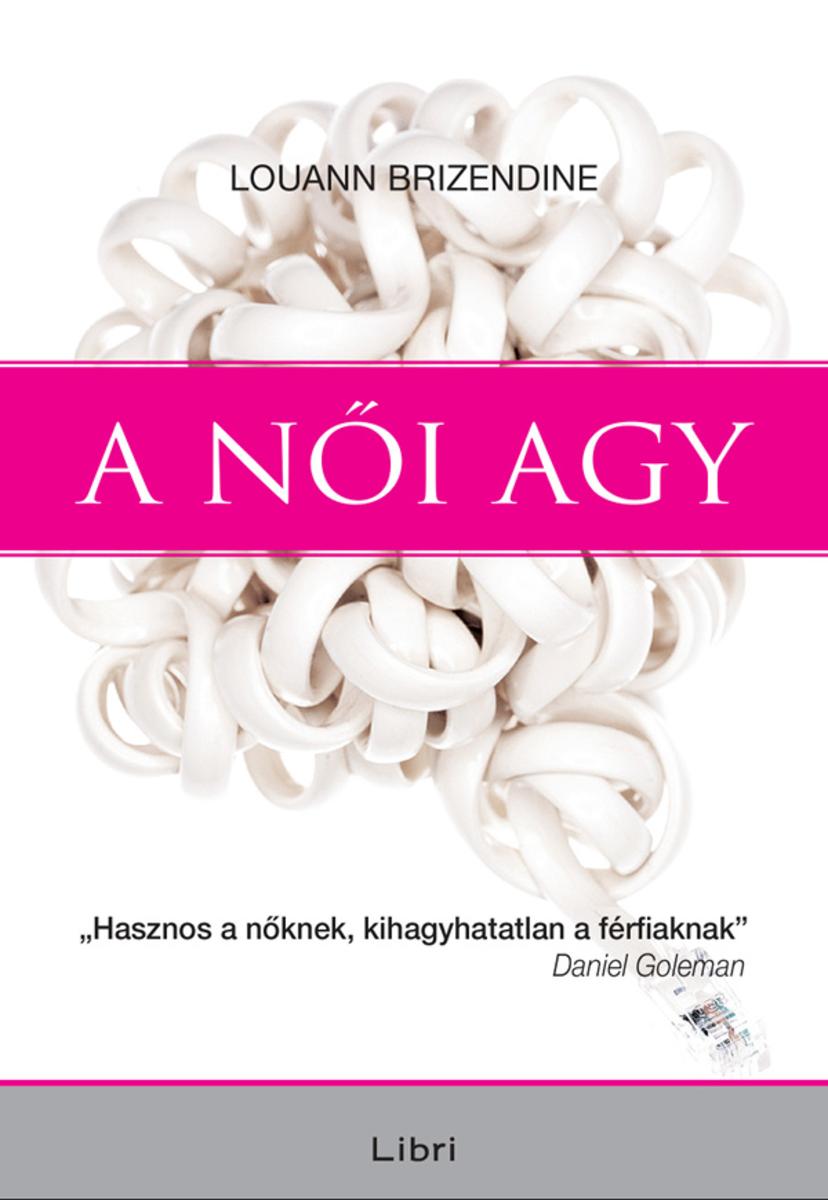
A n?i agy
¥57.31
A n?i agy

Hajnal a tiltott kertben
¥74.56
Hajnal a tiltott kertben

Rossz kezdet
¥83.22
Rossz kezdet
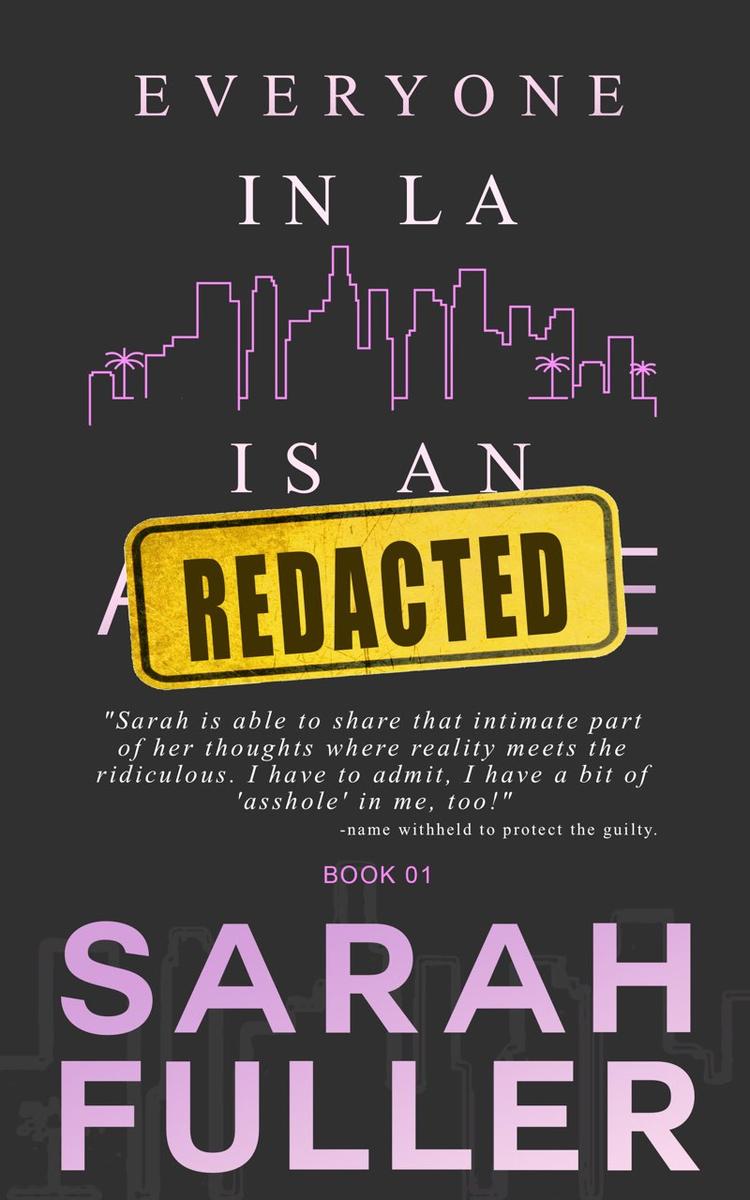
Everyone In LA Is an REDACTED: Book One
¥40.79
LA is a beast. A city that swallows most with its glamour and glitz. Not Sarah Fuller though. Stubborn and relentless, Sarah refuses to be changed by her surroundings. Often, she takes a cynical approach, judging the world around her, though never taking anything too seriously. Thrown back into the dating arena in her late thirties, Sarah encounters brand new challenges. Readers will laugh out loud at the adventures and mishaps this sassy protagonist gets herself into. She explores LA life, seeing it through her unique lens. Hair extensions, goat yoga, socialites and all the strangeness that comes out of LA weave together in this crazy, episodic adventure. Can you handle the absurdities?? Fans of Chelsea Handler and Sex in the City will love Everyone in LA is an Asshole, a series that doesn’t hold back and says what we’re all secretly thinking.
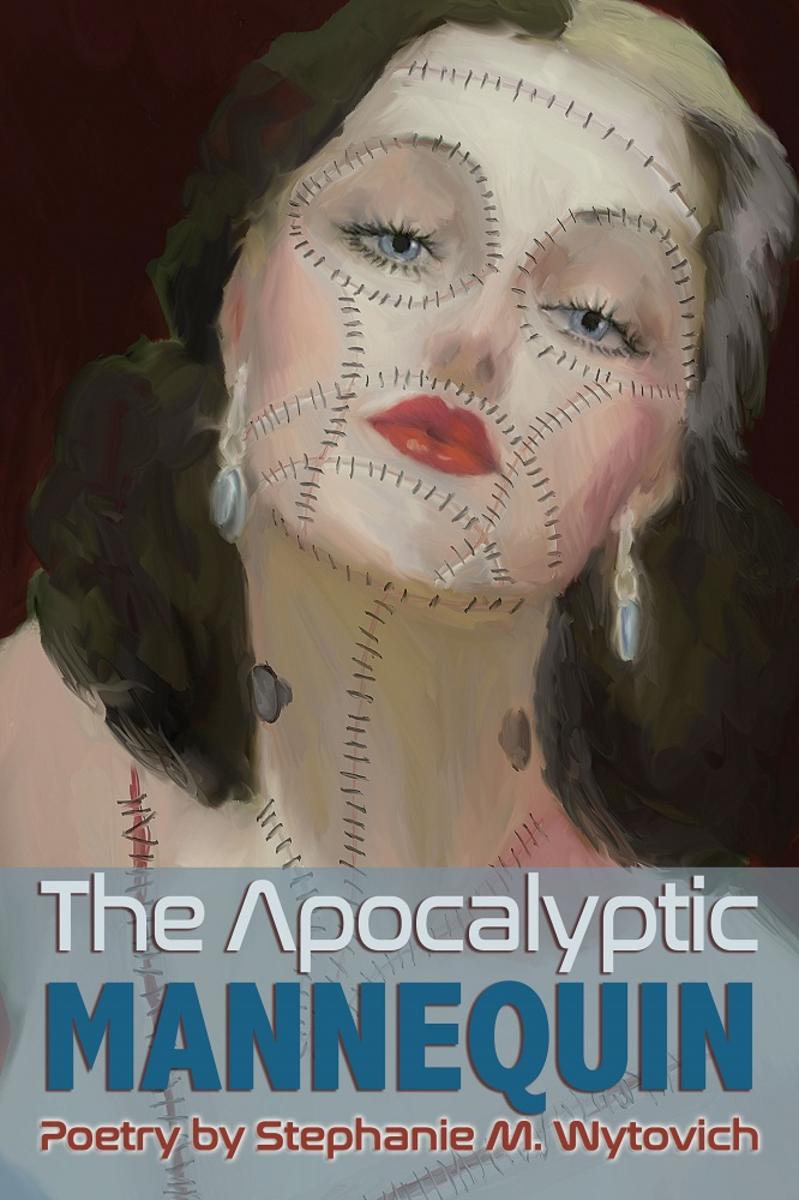
The Apocalyptic Mannequin
¥40.79
Doomsday is here and the earth is suffering with each breath she takes. Whether it’s from the nuclear meltdown, the wrath of the Four Horsemen, a war with technology, or a consequence of our relationship with the planet, humanity is left buried and hiding, our bones exposed, our hearts beating somewhere in our freshly slit throats. This is a collection that strips away civilization and throws readers into the lives of its survivors. The poems inside are undelivered letters, tear-soaked whispers, and unanswered prayers. They are every worry you’ve had when your electricity went out, and every pit that grew in your stomach watching the news at night. They are tragedy and trauma, but they are also grief and fear, fear of who—or what—lives inside us once everything is taken away. These pages hold the teeth of monsters against the faded photographs of family and friends, and here, Wytovich is both plague doctor and midwife, both judge and jury, forever searching through severed limbs and exposed wires as she straddles the line evaluating what’s moral versus what’s necessary to survive. What’s clear though, is that the world is burning and we don’t remember who we are. So tell me: who will you become when it’s over? "Reading this collection is like dancing through Doomsday, intoxicated by the destructive, decadent truth of desire in our very mortality." --Saba Syed Razvi, author of?Heliophobia?and?In the Crocodile Gardens "Vivid, each word a weight on your tongue, these poems taste of metal and ash with a hint of spice, smoke. She reminds us the lucky ones die first, and those who remain must face the horrors of a world painted in blisters and fear." --Todd Keisling, author of?Ugly Little Things?and?Devil's Creek "Set in a post-apocalyptic world that at times seems all too near, Wytovich's poems conjure up frighteningly beautiful and uncomfortably prescient imagery." --Claire C. Holland, author of?I Am Not Your Final Girl "A surreal journey through an apocalyptic wasteland, a world that is terrifyingly reminiscent of our own even as the blare of evacuation alarms drowns out the sizzle of acid rain, smiling mannequins bear witness to a hundred thousand deaths, and "the forest floor grows femurs in the light of a skeletal moon."--Christa Carmen, author of?Something Borrowed, Something Blood-Soaked "Like a doomsday clock fast-forwarding to its final self-destruction, Wytovich's poetry will give you whiplash as you flip through page after page. The writing here is ugly yet beautiful. It reads like a disease greedily eating up vital organs. The apocalypse has arrived and it couldn't be more intoxicating!"--Max Booth III, author of?Carnivorous Lunar Activities
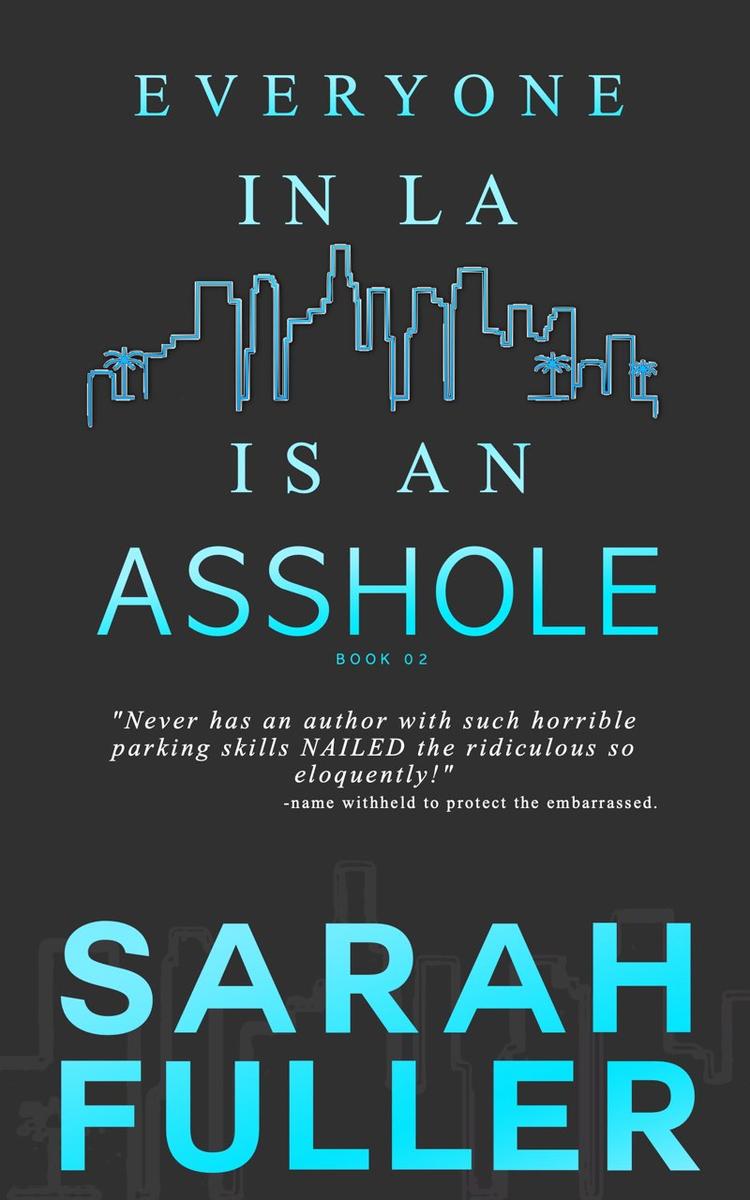
Everyone In LA Is An REDACTED: Book 2
¥40.79
LA is a beast. A city that swallows most with its glamour and glitz. However, as a science fiction writer, Sarah Fuller has a hard time trying to fit in with the socialites, granola moms and trendy hipsters. That’s why she chooses to passively sit by and make fun of them. No one is safe from her ridicule. Thrown back into the dating arena in her late thirties, Sarah encounters brand new challenges. Readers will laugh out loud at the adventures and mishaps this sassy protagonist gets herself into. She explores LA life, seeing it through her unique lens. Adventures in WeHo, drag queen bingo, pot dispensaries and all the strangeness that comes out of LA weave together in this crazy, episodic adventure. Can you handle the absurdities?? Fans of Chelsea Handler and Sex in the City will love Everyone in LA is an Asshole, a series that doesn’t hold back and says what we’re all secretly thinking.? ?
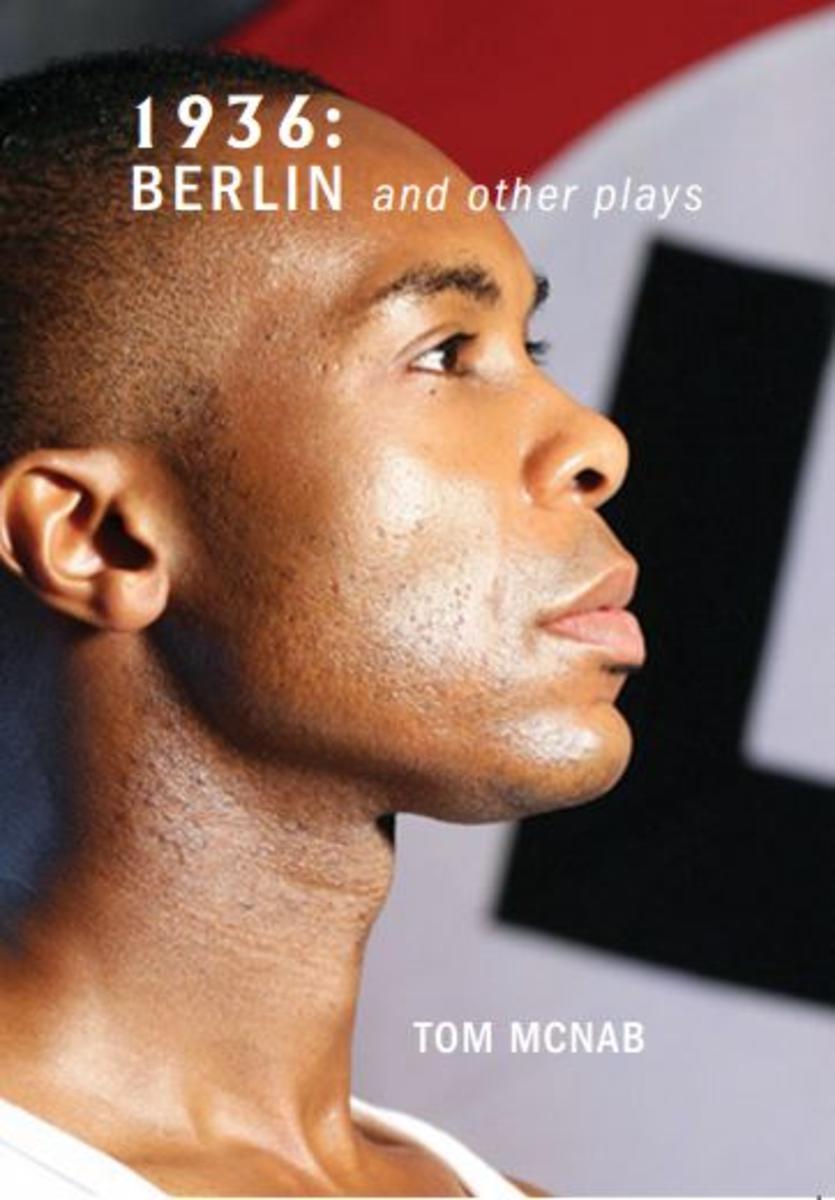
1936: Berlin and other plays
¥40.79
A collection of three plays by former Olympic Coach and best-selling author Tom McNab delving into the murky world of Olympic politics (1936: Berlin), the troubled mind of George Orwell (Orwell on Jura), and an imaginary meeting between the acclaimed director Orson Welles and infamous fellow filmmaker Leni Riefenstahl, who directed Hitler’s propaganda film The Triumph of the Will, and filmed the 1936 Olympic Games (Whisper in the Heart). Reviews On 1936: Berlin “A powerful, thought-provoking, richly rewarding piece of theatre.” ? ? ? ? ? ? ? ? ? ? ? ? ? ? ? ? ? ? ? ? ? ? ? ? ? ? ? ? ? ? ? ? ? ? ? ? ? ?–What’sOnStage “There’s no doubt McNab has a fascinating story to tell... This battle of idealsand ambition is where the play takes flight, as McNab provocatively parallelsAmerica’s treatment of its black athletes, Jesse Owens included, with racismunder the Third Reich.” ? ? ? ? ? ? ? ? ? ? ? ? ? ? ? ? ? ? ? ? ? ? ? ? ? ? ? ? ? ? ? ? ? ? ? ? ? ? ?– The Guardian About the Author Tom McNab is a leading figure in the sporting world, having won five titles in the Scottish triple jump and coached Greg Rutherford to a gold medal as a long jumper and the English rugby team to win silver in 1992. He was Technical Director on the film Chariots of Fire and has written several radio plays and novels including best seller Flanagan’s Run, with film rights sold to Disney. In 1982 he won the Scottish Novelist of the Year award. He has been a commentator for ITV and Channel 4, a freelance journalist for the Observer, Sunday Telegraph, Times and Independent.
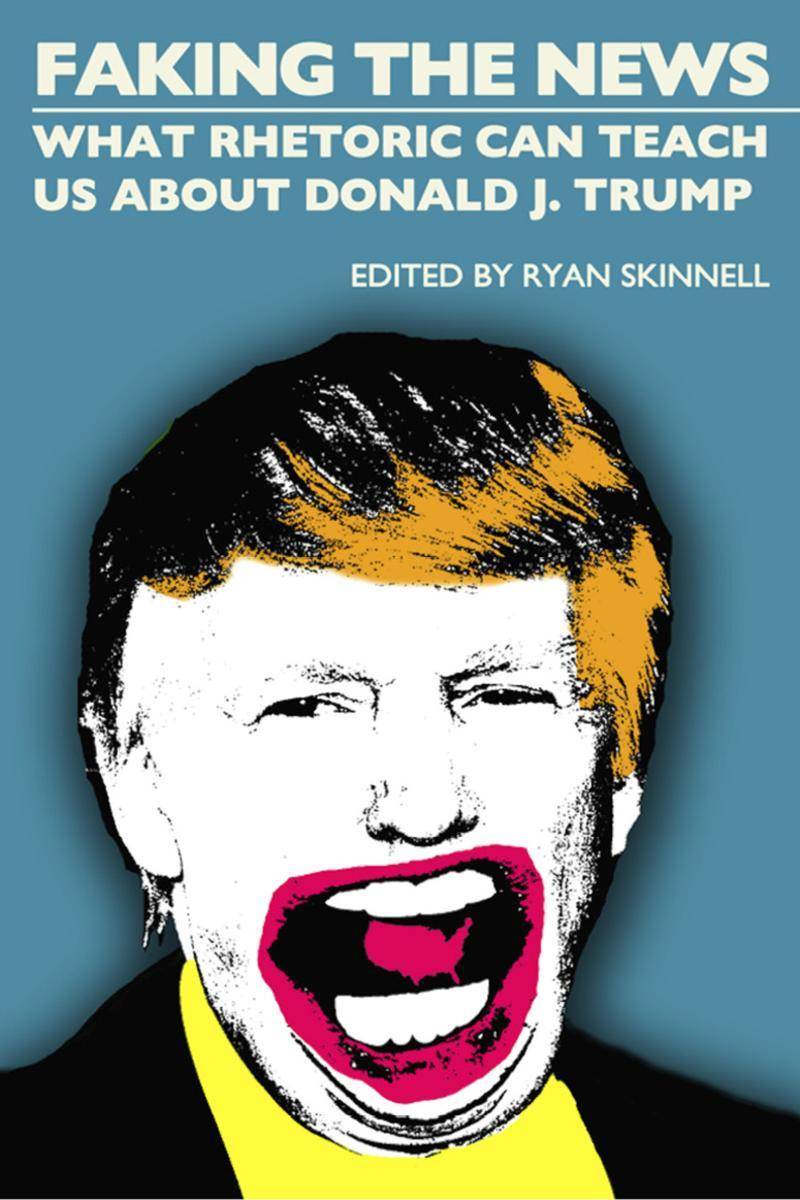
Faking the News
¥107.81
Donald J. Trump's speaking and writing invite passionate reactions - maybe he's a bluecollar, billionaire hero who speaks the language of the common man or maybe he's a gleefully illiterate, tremendously unqualified idiot. Whatever the case, he was persuasive enough to get himself elected President of the United States and he's been persuasive enough to keep a majority of his supporters behind him. In Faking the News: What Rhetoric Can Teach Us About Donald J. Trump, eleven prominent rhetoric experts explain how Trump's persuasive language works. Specifically the authors explain Trump's persuasive uses of demagoguery, anti-Semitism, alternative facts, populism, charismatic leadership, social media, television, political slogans, visual identity/image, comedy and humor, and shame and humiliation. Faking the News is written for readers who may not know anything about rhetoric, so each chapter explains a feature of rhetoric and uses that lens to illuminate Trump's rhetorical accomplishments. Specifically, about how he has used and still uses language, symbols, and even style to appeal to the people in his various audiences.
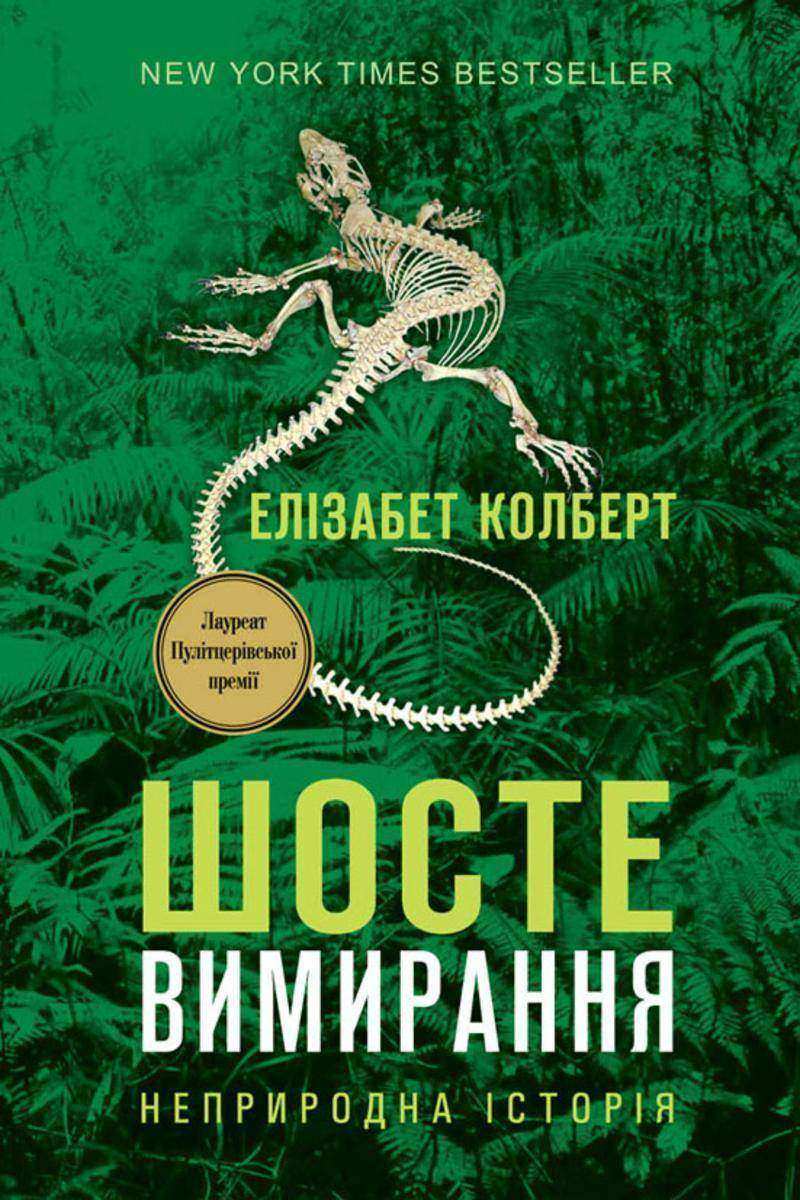
Шосте вимирання: Неприродна ?стор?я
¥28.61
Jedan od najve?ih poznavatelja hrvatske knji?evnosti Tvrtko Zane, poznatiji pod pseudonimom Branimir Donat, u svojem je prou?avanju hrvatske knji?evne ba?tine duljem od pola stolje?a objavio veliki broj tekstova i knjiga, a broj kartica koje je napisao jednak je njegovu znanju, koje mo?emo zvati enciklopedijskim. Iz goleme ostav?tine na?eg jedinog i najve?eg poznavatelja brojnih, ?esto zaboravljenih autora, ali jednako tako i velikan? knji?evnosti, urednik Goran Rem izabrao je one mo?da najva?nije tekstove. Druga knjiga iz serije Prakseologija hrvatske knji?evnosti posve?ena je modernosti i modernizmu. U njoj su izabrani tekstovi koji se bave autorima 20. stolje?a, simbolizmom, secesijom, dadizmom, eksprezionizmom, ali i - kola?ima, a uz tekstove o djelu hrvatskih autora, Krle?e, Mato?a, Cesarca, Nazora, Kamova i mnogih drugih, u ovaj je svezak uvr?ten i esej o Franzu Kafki. Zajedno s jo? tri sveska izabranih djela Branimira Donata ova ?e knjiga dati maleni uvid u ?irinu tema kojima se Tvrtko Zane bavio.
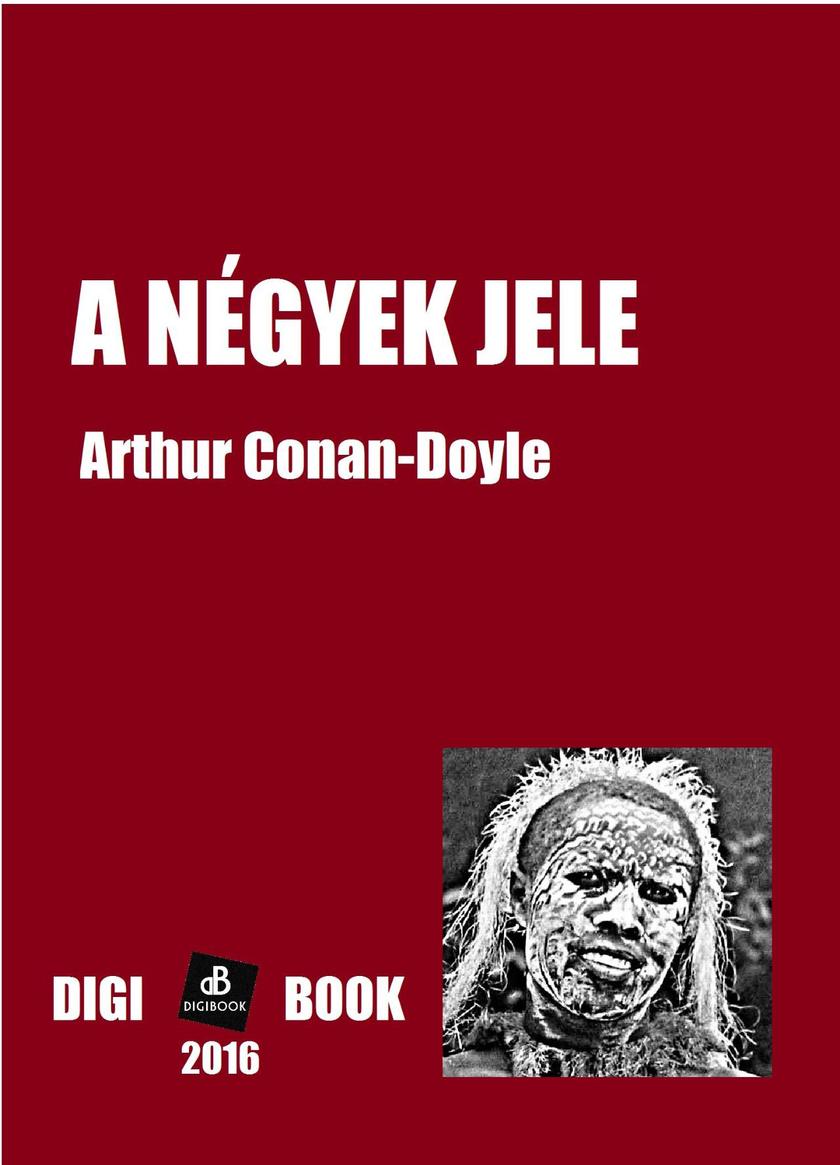
A Négyek jele
¥24.12
A Négyek jele
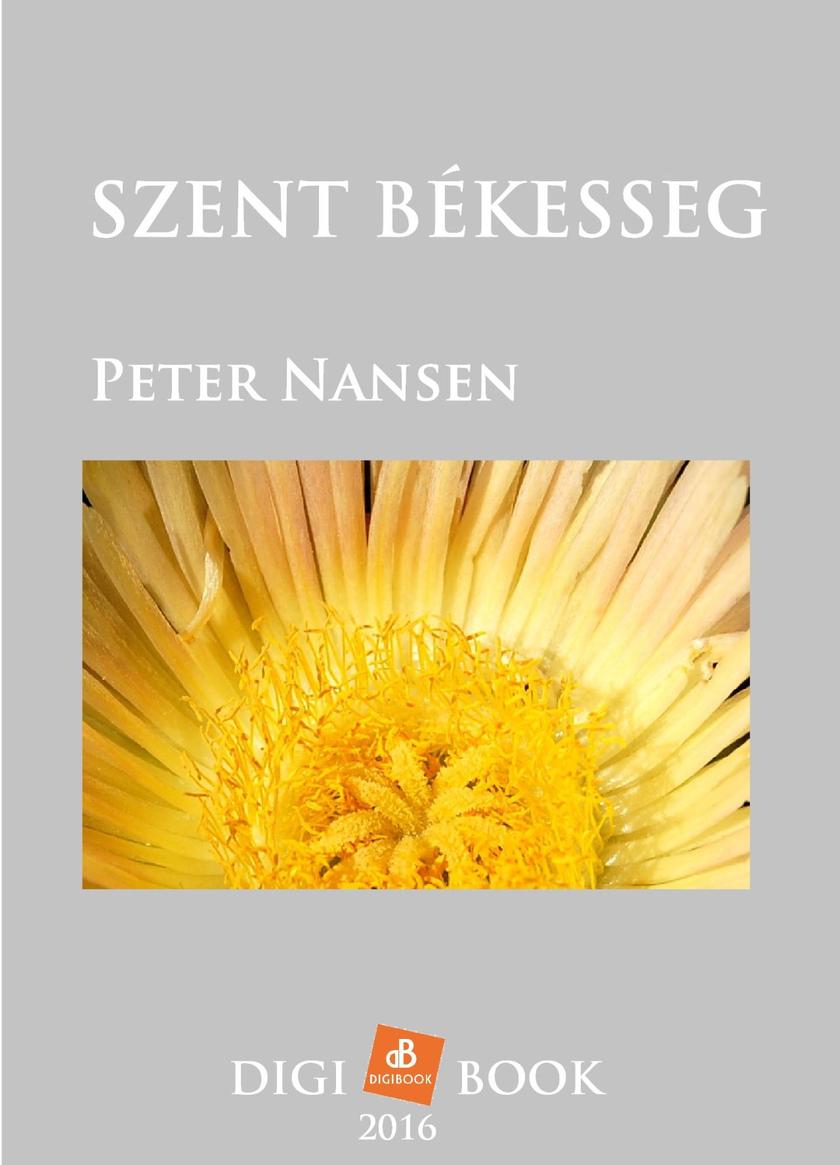
Szent békesség
¥28.53
Szent békesség
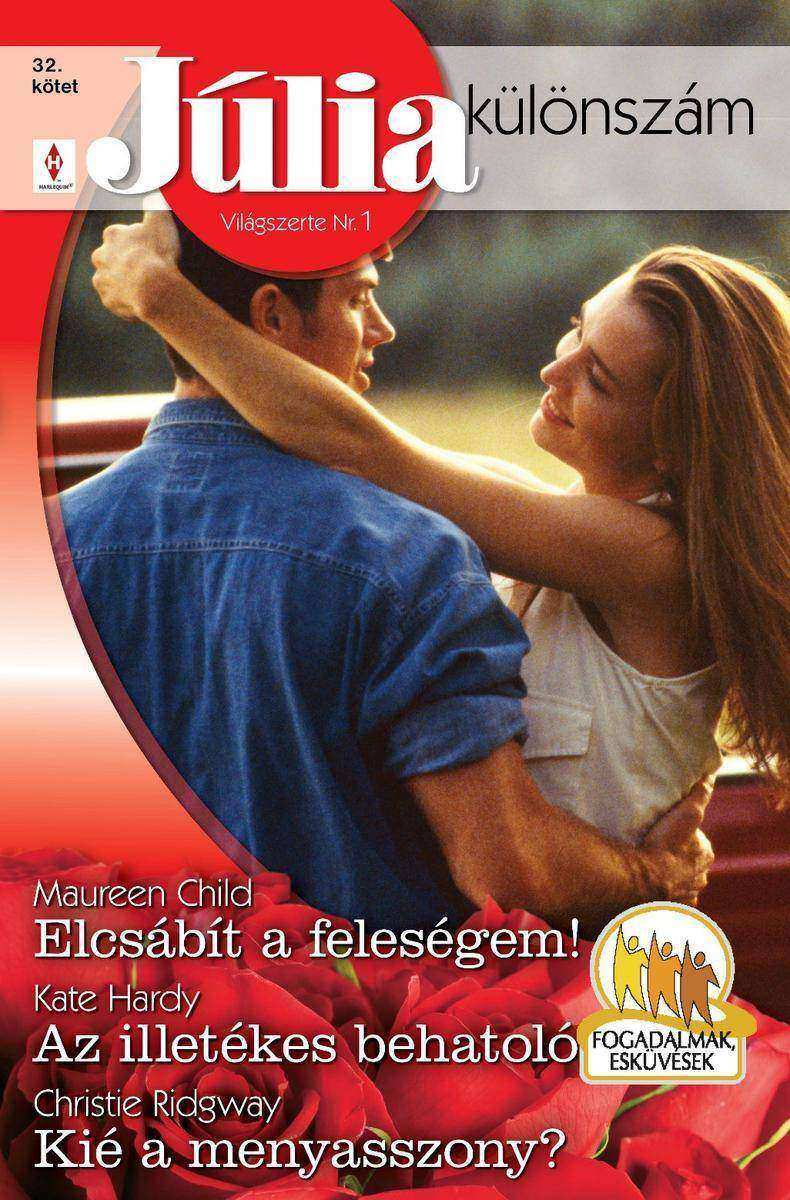
Júlia kül?nszám 32. k?tet
¥43.08
Júlia kül?nszám 32. k?tet

Romana 603. - El?sz?r és utoljára (A ?három istenn?” 1.)
¥20.11
Romana 603. - El?sz?r és utoljára (A ?három istenn?” 1.)
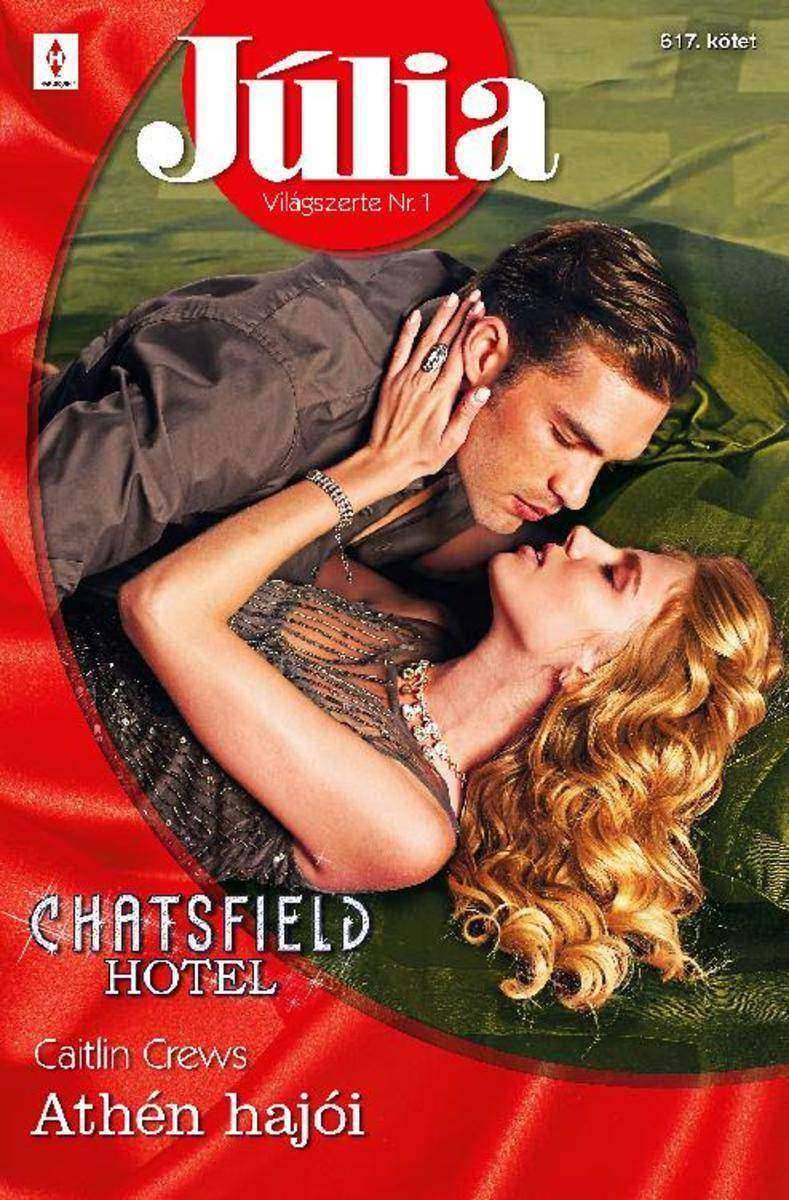
Júlia 617. - Athén hajói (Chatsfield Hotel 13.)
¥20.11
Júlia 617. - Athén hajói (Chatsfield Hotel 13.)

Fogd a pezsg?re! (A ?három istenn?” 3.)
¥20.11
Fogd a pezsg?re! (A ?három istenn?” 3.)

Szentpétervár hava (Chatsfield Hotel 14.)
¥20.11
Szentpétervár hava (Chatsfield Hotel 14.)
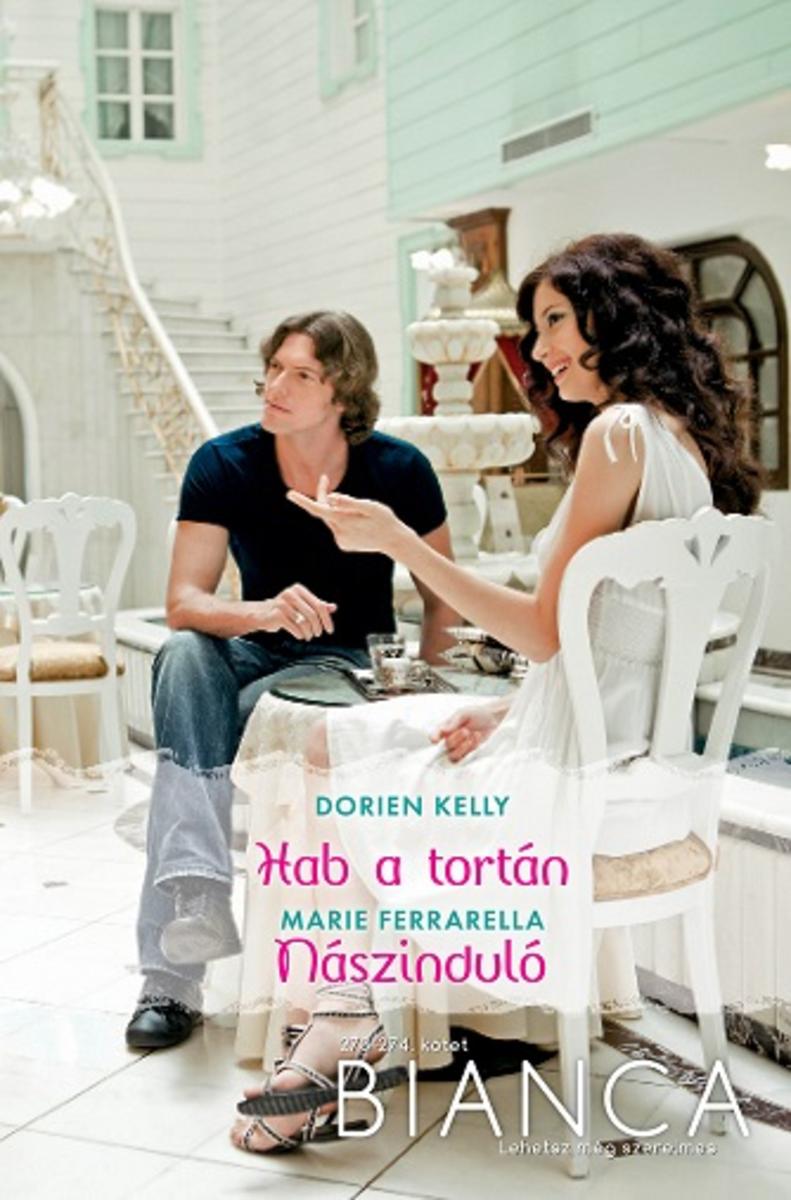
Bianca 273–274. (Hab a tortán, Nászinduló)
¥48.74
Bianca 273–274. (Hab a tortán, Nászinduló)

Szívhang 475. (A szép idegen)
¥18.56
Szívhang 475. (A szép idegen)




 购物车
购物车 个人中心
个人中心



